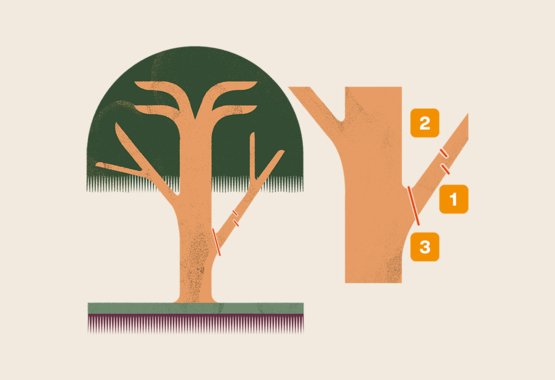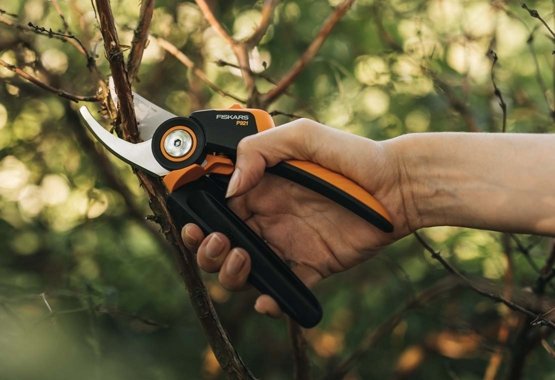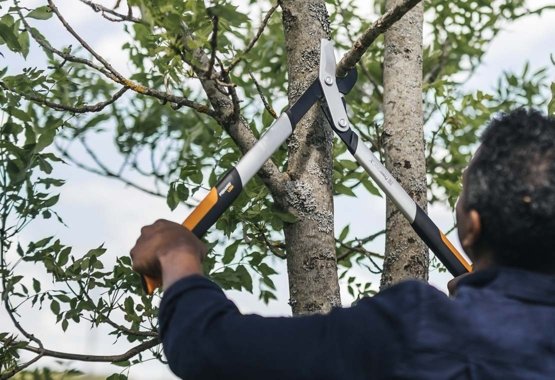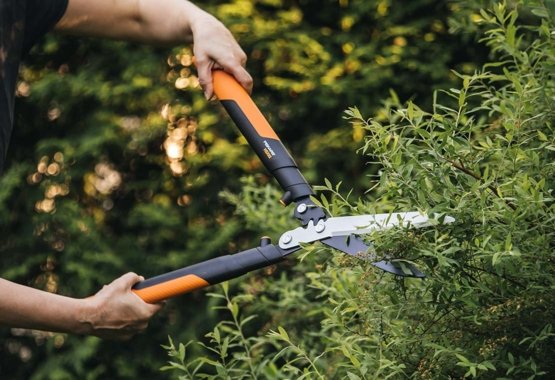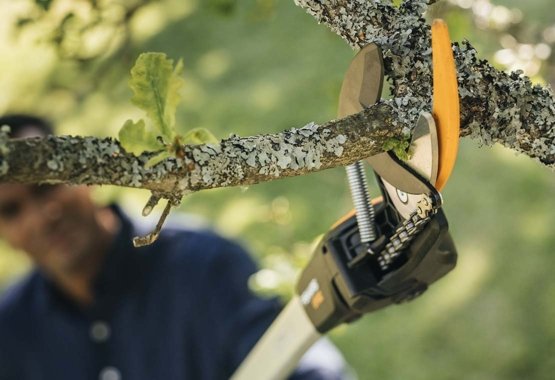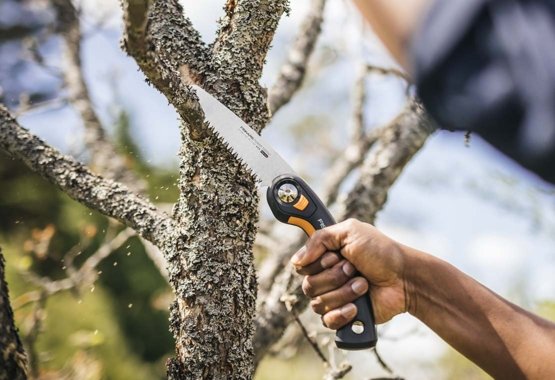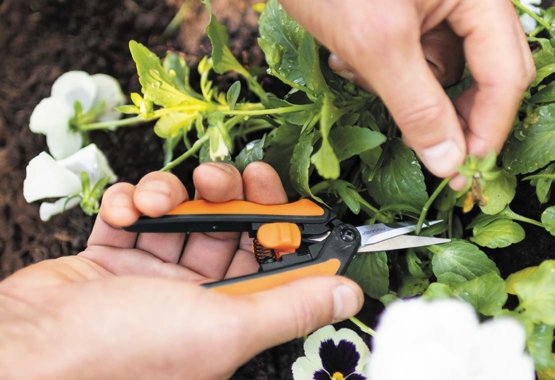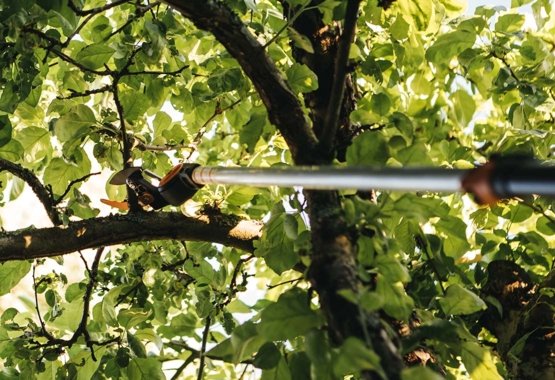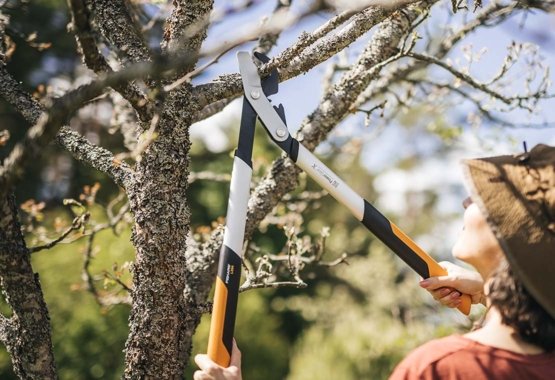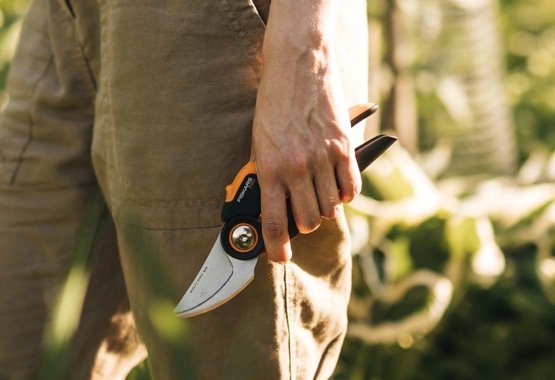
Basics of pruning
Pruning promotes flowering, fruit production and renewal. Pruning allows air and sunlight to reach the plant’s interior, boosting its overall health and protecting it from disease.
Basics of pruning
Pruning promotes flowering, fruit production and renewal. Pruning allows air and sunlight to reach the plant’s interior, boosting its overall health and protecting it from disease.
How to prune your garden
It’s better to prune your plants lightly than remove too much material at once. If you are pruning your garden for the first time, proceed gradually. Study your plants over time and see how each variety reacts to pruning.
When plants are pruned lightly, they recover from the pruning more easily and continue to look healthy. The recommendation is to not prune more than a third of the mass of the crown at a time. The crown is the part of the plant extending from the trunk or main stems with branches and leaves. Primarily, ensure that the surface at the cutting point is even and neat after the pruning.
It’s good to keep in mind that a plant should always be pruned so that its natural way of growth remains. The way of growth can be determined by observing what an adult plant looks like and by studying the variety. Sometimes plants have been planted in an inappropriate place where they don’t have space for their natural way of growth and must be trimmed frequently. This is an unfavorable situation for both the plant and the gardener. Rather than pruning the plant frequently, it’s advisable to replace the plant with a variety better suited for the site.
How to cut a stem the right way:
- Make your cut around one centimeter above a healthy bud to avoid damaging it; this will help the bud grow into a new shoot.
- Make a clean, even cut using a sharp tool that is right for the job.
- Make sure to cut above an outward-facing bud. This way, the new shoots have enough room to develop and won’t grow inward towards the tree or shrub.
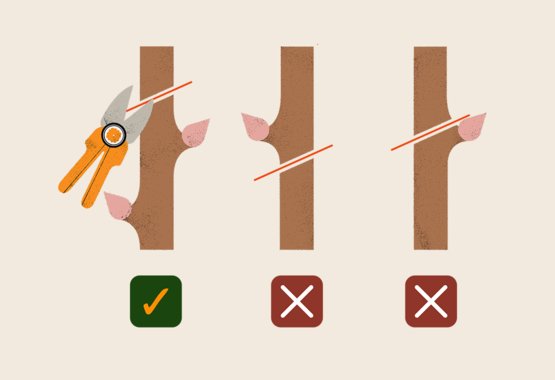
Remove these from shrubs and trees:
- Dead, damaged or diseased branches
- Branches drooping toward the ground
- Overly dense or crowded branches that prevent light from reaching the interior portion of the plant
- Specifically for young plants: remove narrow-angled branches, branches growing inward or downward, and competing main branches
- Water sprouts, tree suckers and root suckers.
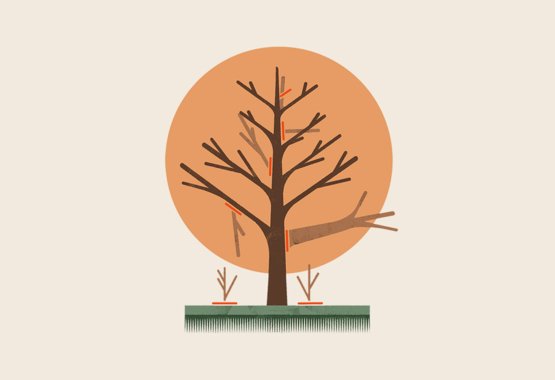
Why pruning is important
- Pruning is one of the most important garden maintenance tasks to improve the health and appearance of your trees, shrubs and hedges.
- Pruning helps you control the overall size, shape and density of your plants.
- Proper pruning promotes flowering, fruit production and renewal.
- Pruning allows air and sunlight to reach the plant’s interior, boosting its overall health and protecting it from disease.
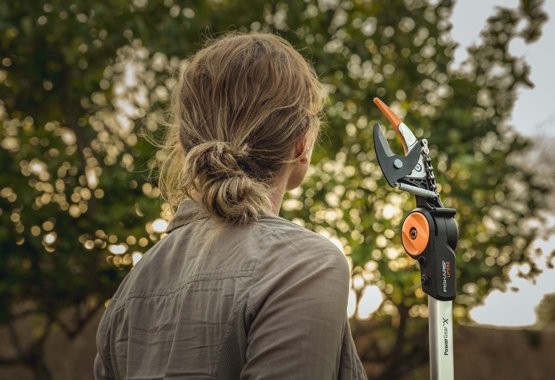
Why the plant habitat matters
Although pruning can revive a plant, it is not a one-size-fits-all solution and will not always produce the desired result. Spindly or excessively long annual growth can be due to an incorrect planting location that is too dark, sunny, dry or wet. The soil may not provide enough nutrients, or surrounding plants might be absorbing all of them.
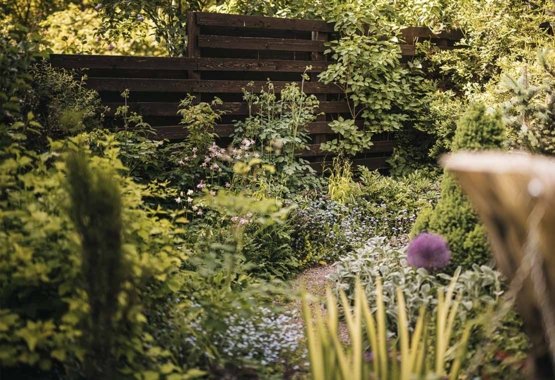
Three pruning tips for first-timers:
- Always ensure the surface at the cutting point is even and neat: use sharp tools that are right for the job.
- Avoid going overboard: never prune more than one-third of the plant’s mass at a time.
- Get to know your plants: prune them based on their natural way of growth.
Note! Pruning should be done only when necessary – some plants don’t require pruning. Unnecessary pruning will cause the plant to focus on healing instead of growing, can shorten the plant’s lifespan and can make the plant susceptible to decease.
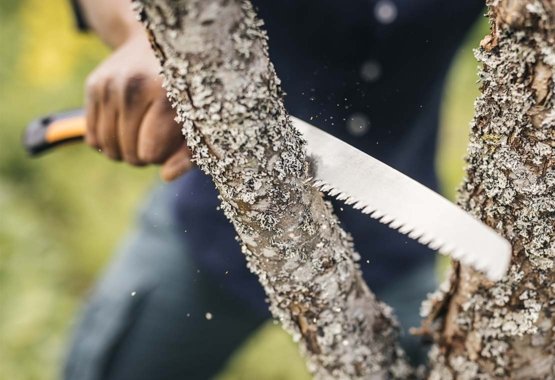
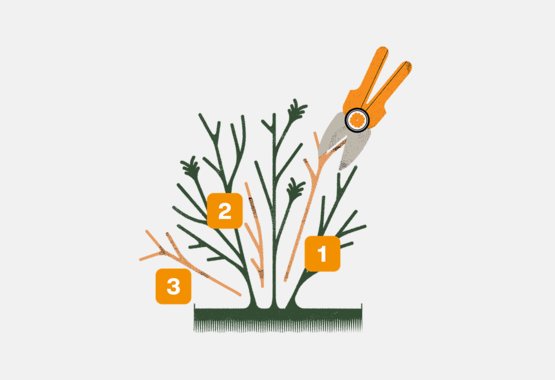
Thinning helps keep your shrubs healthy and airy
The purpose of thinning is to support the vitality of the plant. It is suitable for most plants and often the only pruning a plant will need. Thinning keeps plants airy, which prevents diseases and pests. When thinning, you should prune:
- Few of the oldest shoots. Old shoots can be recognized by their thicker stems, small number of leaves, dark color and scaly bark.
- Excessively dense and bushy branches that prevent light from reaching the inner parts of the shrub.
- Branches growing along the ground, or that are damaged or diseased.
Note! Prune shoots down to their bases or cut damaged shoots at a suitable fork.
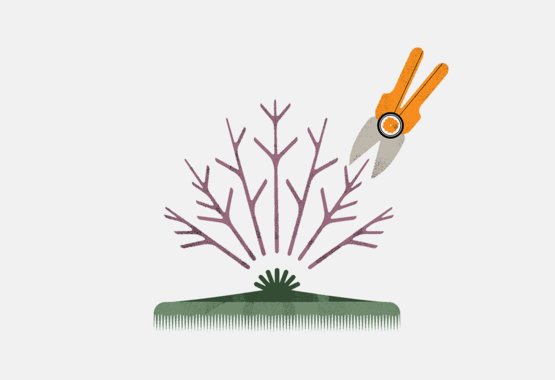
Rejuvenation pruning can save a withered shrub
Rejuvenation pruning means cutting all shoots down to 10–20 cm early in the spring before new growth has begun. It is easy and effective and used to renew withered shrubs because the plant will sprout strongly and will be revitalized after the procedure. Cutting down should not be done unnecessarily because it shortens the plant’s life. Most plants don’t need rejuvenation pruning until they are 15–20 years old.
Note! Before rejuvenation pruning, it’s important to ensure that the plant is of a rapidly growing variety and sprouts profusely at the base. Slowly growing varieties (azaleas, conifers, evergreens) cannot be rejuvenated by pruning because they will not survive the procedure.
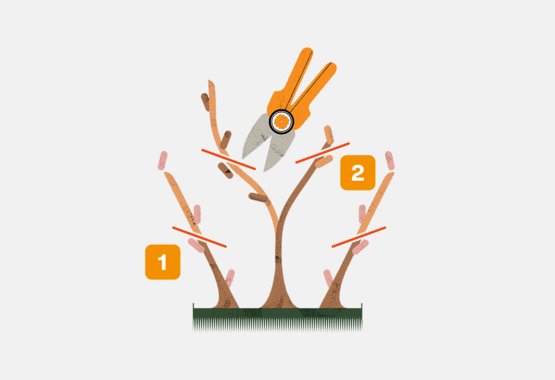
Ensure your shrub or hedge will branch out well
Pruning after planting is done in connection with the planting, the first spring before the buds begin to grow. This is to ensure that the sapling will grow new branches and branch out well. If the plant is planted in the summer or fall, pruning after planting is done the following spring. If a potted sapling has five strong shoots that have grown new branches, pruning after planting is not necessary. Hedge saplings, which usually are bare-root saplings with only a single branch, need pruning in order to grow new branches.
- The shoots are cut to a height of 10–20 cm from the ground
- or above the fork of the branch.
Note! The shoot is cut around one centimeter above a healthy bud. Thin and damaged shoots are removed.
